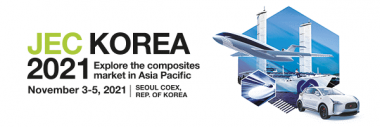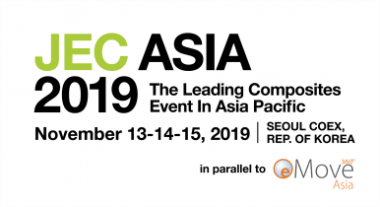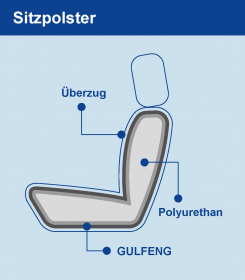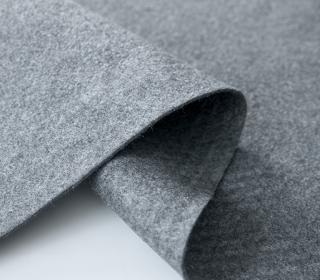JEC Korea 2021 co-located with Carbon Korea via JEC Korea Connect
From November 3-5, 2021, JEC Korea 2021 will be held at the COEX and online, via JEC Korea Connect, simultaneously with the first edition of Carbon Korea. Due to the COVID situation, for its 14th edition and 4th time in Seoul, JEC KOREA will bring together exhibitors and attendees in one single hall for both exhibiting companies and conferences, and in a hybrid format with JEC Korea Connect, including digital booths and conferences in livestreaming, to better network and share knowledge.
More than 50 domestic and foreign industry representatives will exhibit in Seoul and online during three days, among which: Hyosung, Toray Korea, Jeollabuk-do pavilion, Leresche, Pinette, MFtech of France, ZSK of Germany, HOS-TECHNIK of Austria. Through this, the entire value chain of composite materials, including large companies as well as small and medium-sized enterprises, gather in one place to showcase their latest technologies and innovations.
JEC KOREA Technical Conference + ICF International Carbon Festival will unite 20 global speakers
for 3 days at the core of the event, as well as online through JEC Korea Connect, improving the composites skills of all attendees. It will be an exchange of technical market trends and innovation under the themes of:
- New Energy / hydrogen and carbon
- Smart Manufacturing
- New mobility and aerospace
JEC Group










